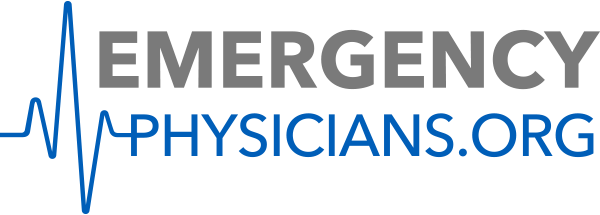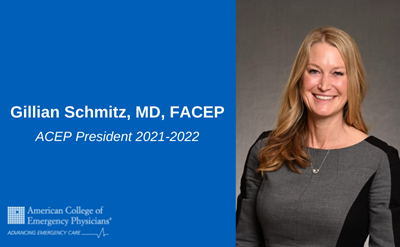WASHINGTON, D.C.—Prompt action from a bystander can impact the likelihood a person survives cardiac arrest when it occurs outside of a hospital. Hands-Only Cardiopulmonary Resuscitation (CPR) training kiosks are becoming more widespread and are an effective training tool, a new Annals of Emergency Medicine analysis finds.
A new study of 738 participants compares the efficacy of three types of Hands-Only CPR; a classroom session with a facilitator, a kiosk session with a manikin, and a video-only session. Hands-Only CPR is as effective as conventional CPR and simplifies the skill while decreasing common concerns about mouth-to-mouth contact, the authors note.
“For a person with little or no medical training, Hands-Only CPR training kiosks can teach life-saving skills in just minutes,” said Debra G. Heard, PhD, consultant with the American Heart Association and lead study author. “These kiosks have the potential to lower barriers to training, increase the likelihood a bystander would perform CPR and positively impact the likelihood of survival from cardiac arrest outside of a hospital.”
Less than half of adults (45.7 percent) experiencing cardiac arrest outside of a hospital receive CPR, with lower rates in rural, minority and lower-income areas, according to the American Heart Association which funded the study with the Anthem Foundation.
Low rates of bystander CPR are associated with a lack of training, the authors note. Common barriers to CPR training include time, access, cost and reluctance to perform mouth-to-mouth breathing due to personal health concerns. Hands-Only CPR training kiosks address these barriers and are now available in public places, such as airports, the study notes.
The study found that people who participated in a free four-minute kiosk session with practice and feedback were able to perform Hands-Only CPR similarly to those who participated in a 30-minute classroom exercise and both groups showed superior skill to those who only watched a video. Video-only sessions are more effective at raising awareness than teaching the proper techniques, the study found.
“Public health professionals should advocate for regular classroom or kiosk training and re-training,” Dr. Heard said.
In 2013, the American Heart Association installed a kiosk in the Dallas-Fort Worth International Airport. Visitors could learn and practice Hands-Only CPR using a touch-screen video program and practice session. With no advertising, the kiosks attracted more than 23,000 visitors in nearly three years. These kiosks are now available in 16 airports and 14 other public areas with more than 100,000 people completing the training.
The full study is available here.
 American College of Emergency Physicians
American College of Emergency Physicians







